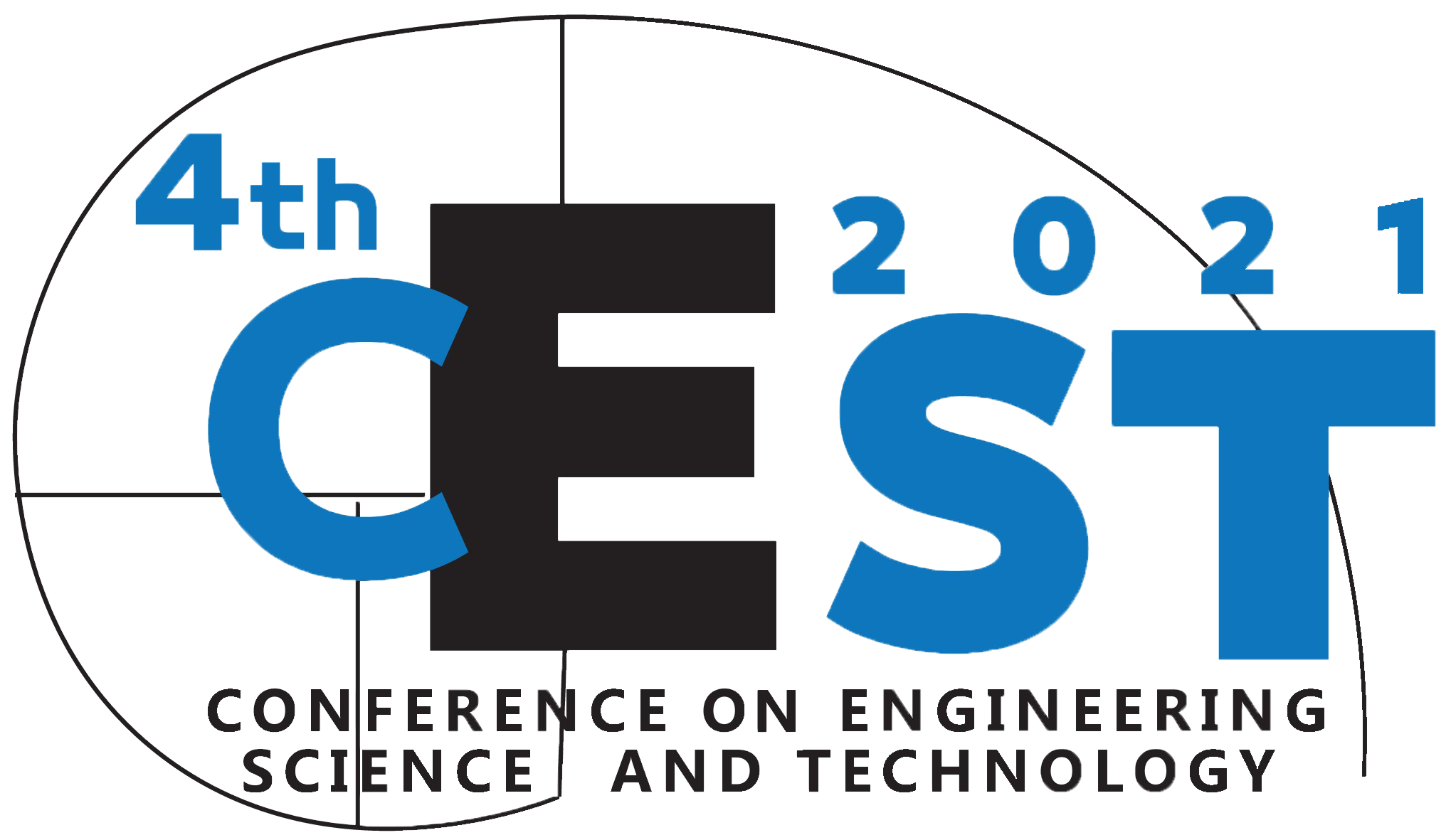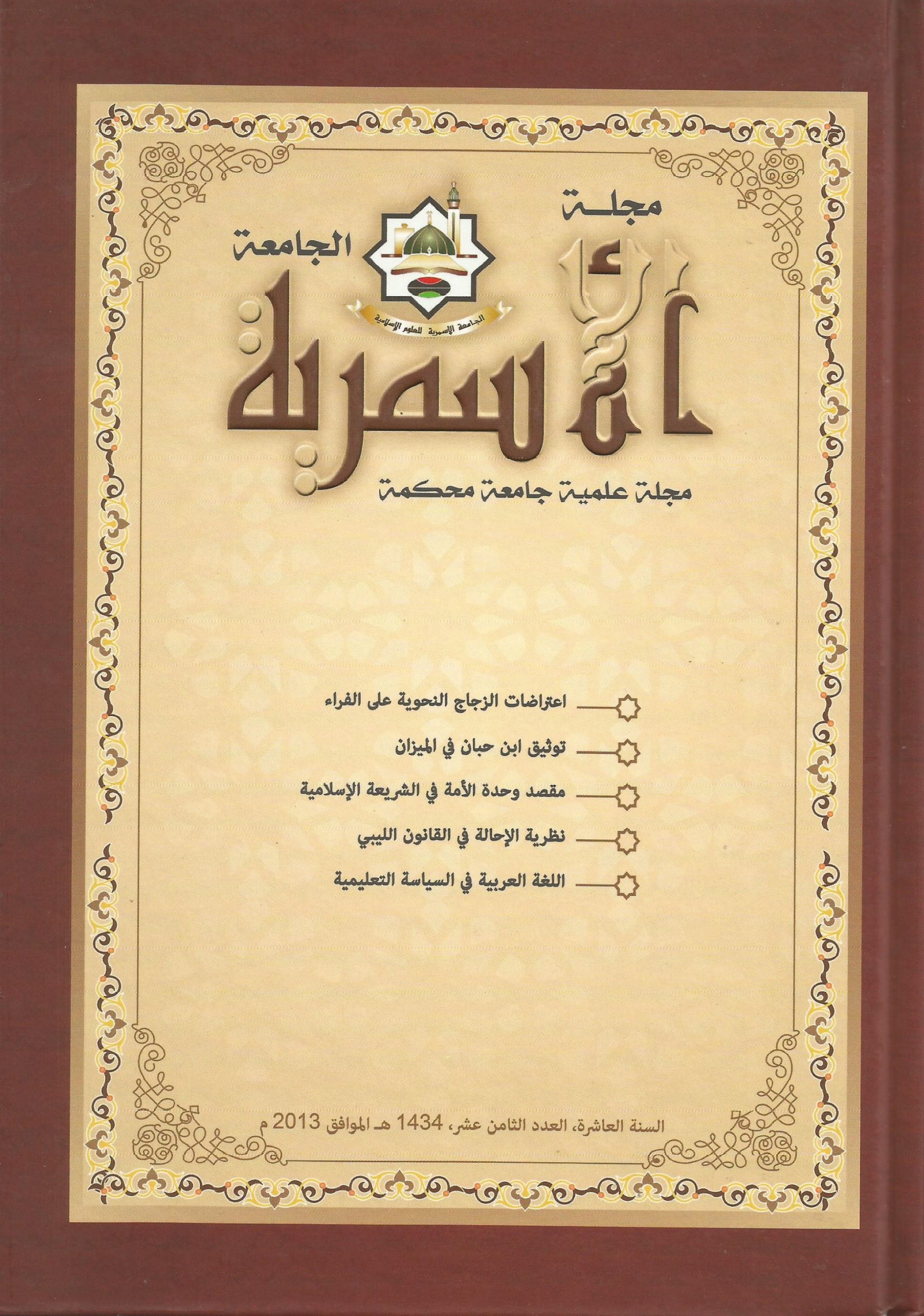Effect of Soft Clay on the Volumetric and Mechanical Properties of Hot Mix Asphalt
Keywords:
Volumatic Properties, Superpave Mix Design, Stiffness Soft Clay, Aging MethodAbstract
Abstract. To define the behaviour of asphalt mixture including various penetration grade bitumen has been a major subject of paving engineering. This search investigated the volumetric and mechanical properties of a hot-mix asphalt (HMA) mixture with the Superpave mix design. The mixture was added with powdered soft clay at five different percentages based on the bitumen weight (0%, 2%, 4%, 6%, and 8%). Performance tests were then conducted to determine the resilient modulus and volumetric properties of the mixture. Results show that bulk specific gravity increased after adding soft clay to the asphalt mixture. The amount of air and mineral aggregate voids also decreased with increasing SC contents. Furthermore, the addition of 4% SC improved mixture stiffness, as determined through indirect resilient modulus test under aging conditions. Therefore, soft clay can be added to asphalt mixtures to improve their volumetric and mechanical properties, such as strength and durability.
Downloads
References
Araujo, V. M., Bessa, I. S., & Branco, V. T. C. (2015). Measuring skid resistance of hot mix asphalt using the aggregate image measurement system (AIMS). Construction and Building Materials, 98, 476-481. DOI: https://doi.org/10.1016/j.conbuildmat.2015.08.117
Banerji, P. (2007), Laboratory evaluation of hot mix asphalt (HMA) in Delaware. University of Delaware
Pérez-Jiménez, F., Martínez, A. H., Miró, R., Hernández-Barrera, D., & Araya-Zamorano, L. (2014), Effect of compaction temperature and procedure on the design of asphalt mixtures using Marshall and gyratory compactors. Construction and Building Materials, 65, 264-269. DOI: https://doi.org/10.1016/j.conbuildmat.2014.04.135
Buchanan, M., & Brown, E. (2001), Effect of superpave gyratory compactor type on compacted hot-mix asphalt density. Transportation Research Record: Journal of the Transportation Research Board, (1761), 50-60. DOI: https://doi.org/10.3141/1761-07
Jitsangiam, P., Chindaprasirt, P., & Nikraz, H. (2013). An evaluation of the suitability of SUPERPAVE and Marshall Asphalt mix designs as they relate to Thailand’s climatic conditions. Construction and Building Materials, 40, 961-970. DOI: https://doi.org/10.1016/j.conbuildmat.2012.11.011
Asi, I. M. (2007). Performance evaluation of SUPERPAVE and Marshall Asphalt mix designs to suite Jordan climatic and traffic conditions. Construction and Building Materials, 21(8), 1732-1740. DOI: https://doi.org/10.1016/j.conbuildmat.2006.05.036
Masirin, M. I. B. M. (2006), Performance evaluation of encapsulated road pavement on difficult ground condition.
Mohd, H. M. I. B. H., & Zain, R. B. M. (2013). Overview and Preliminary Study of Approach-Slab Design Concept for Bridges, Procedia Engineering, 54, 774-784. DOI: https://doi.org/10.1016/j.proeng.2013.03.071
Karakas, A. S., Kuloglu, N., Kok, B. V., & Yilmaz, M. (2015). The evaluation of the field performance of the neat and SBS modified hot mixture asphalt. Construction and Building Materials, 98, 678-684. DOI: https://doi.org/10.1016/j.conbuildmat.2015.08.140
Sebaaly, P. E. (2007). Comparison of lime and liquid additives on the moisture damage of hot mix asphalt mixtures. Arlington (Virginia, USA): National Lime Association.
National Cooperative Highway Research Program, American Association of State Highway, Transportation Officials, & Advanced Asphalt Technologies, LLC, (2011), A Manual for Design of Hot Mix Asphalt with Commentary (Vol. 673), Transportation Research Board.
Burguete, L. M. F. Extending the study of the behaviour of bituminous mixtures incorporating nanomaterials.
Kok, B. V., & Kuloglu, N. (2007). The effects of different binders on mechanical properties of hot mix asphalt, International Journal of science & technology, 2(1), 41-48.
XuI, S., Zhou, Z., Qianl, P., & Derne, I. R. (2004), Use of Premium SBS Modified Bitumen to Combat Severe Rotting in Asphalt Pavement. DOI: https://doi.org/10.1061/40730(144)103
Lolly, R. (2013), Evaluation of Short-Term Aging Effect of Hot Mix Asphalt Due to Elevated (Doctoral dissertation, Arizona State University).
Reed, J. (2010), Evaluation of the effects of aging on asphalt rubber pavements (Doctoral dissertation, Arizona State University).
Sirin, O., Kim, H. J., Tia, M., & Choubane, B. (2008), Comparison of rutting resistance of unmodified and SBS-modified Superpave mixtures by accelerated pavement testing. Construction and Building Materials, 22(3), 286-294. DOI: https://doi.org/10.1016/j.conbuildmat.2006.08.018
Daniel, J., & Lachance, A. (2005), Mechanistic and volumetric properties of asphalt mixtures with recycled asphalt pavement. Transportation Research Record: Journal of the Transportation Research Board, (1929), 28-36. DOI: https://doi.org/10.1177/0361198105192900104
Chen, H., Xu, Q., Chen, S., & Zhang, Z. (2009), Evaluation and design of fiber-reinforced asphalt mixtures, Materials & Design, 30(7), 2595-2603. DOI: https://doi.org/10.1016/j.matdes.2008.09.030
Nejad, F. M., Azarhoosh, A. R., Hamedi, G. H., & Azarhoosh, M. J. (2012). Influence of using nonmaterial to reduce the moisture susceptibility of hot mix asphalt. Construction and Building Materials, 31, 384-388. DOI: https://doi.org/10.1016/j.conbuildmat.2012.01.004
Alataş, T., & Yilmaz, M. (2013), Effects of different polymers on mechanical properties of bituminous binders and hot mixtures. Construction and Building Materials, 42, 161-167. DOI: https://doi.org/10.1016/j.conbuildmat.2013.01.027
A. S. B. Ali, M. I. B. M. Masirin, and A. M. Al, “Evaluation of volumetric properties of asphalt mixture by using Batu Pahat Soft Clay as fillers.
M. I. M. Masirin, A. M. Al Allam, and A. S. B. Ali, “Effect of Batu Pahat Soft Clay (BPSC) concentrations on the physical and rheological properties of asphalt binder,” Pertanika J. Sci. Technol., vol. 25, no. S5, pp. 101–108, 2017.
A. M. Al Allam, M. I. M. Masirin, M. E. Abdullah, and A. S. Bader, “Evaluation of the Permanent Deformations and Aging Conditions of Batu Pahat Soft Clay-Modified Asphalt Mixture by Using a Dynamic Creep Test,” in MATEC Web of Conferences, 2016, vol. 47 DOI: https://doi.org/10.1051/matecconf/20164703016
Downloads
Published
Conference Proceedings Volume
Section
License
Copyright (c) 2021 علام مصباح العلام ، أحمد سليمان بدر علي، حسن محمد حسن علي، عيسى علي مختار

This work is licensed under a Creative Commons Attribution 4.0 International License.





